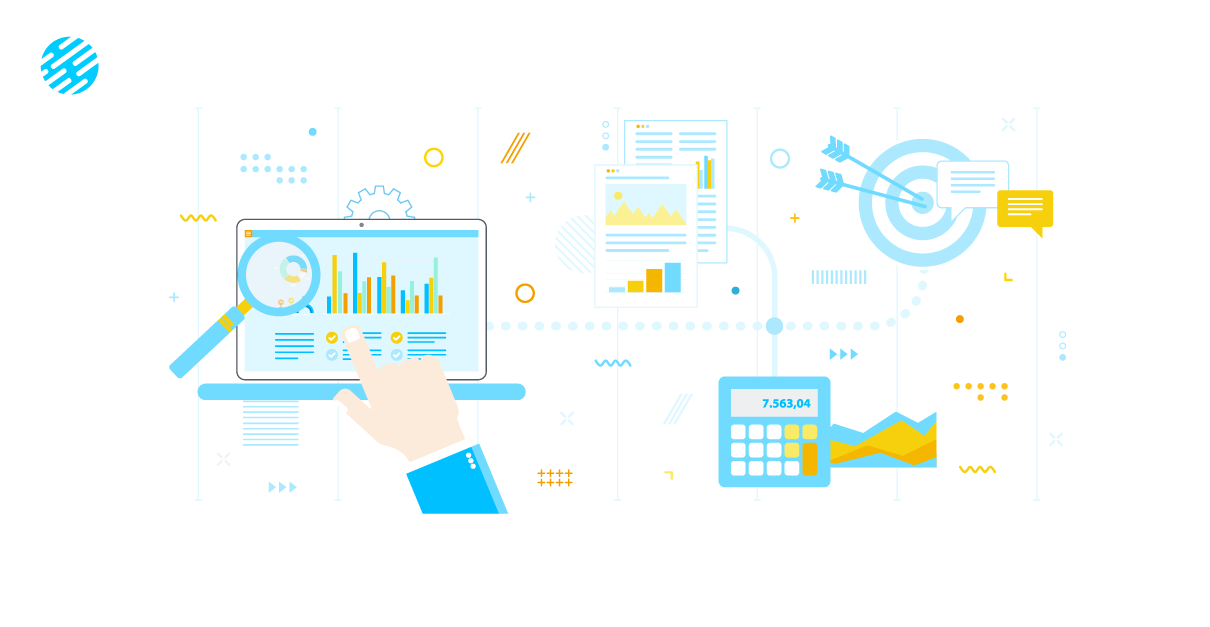Achieving better results through real-time price monitoring
Adapting quickly and making informed decisions is crucial for success in an ever more competitive business world, where consumer behavior constantly changes. In this context, real-time price monitoring emerges as an essential tool to achieve optimal results. In this article, we will explore the importance of real-time price monitoring, highlighting the significance of seasonality and software customization to meet unique market demands.
Real-time monitoring encompasses service and product prices, market trends, consumer behavior, and competitive insights. Monitoring pricing data in real-time offers a significant competitive advantage. Such monitoring enables companies to make quick and informed decisions on price adjustments, identify market opportunities, or launch promotions. Real-time monitoring provides a comprehensive view of supply and demand, enhancing operational efficiency and the capacity of businesses to adapt to sector-specific changes.
Artificial intelligence and machine learning are strong allies in real-time price monitoring, enabling dynamic pricing algorithms to analyze inputs such as transactions, external data, and others. As a result, an automated price monitoring system can operate more effectively, anticipate information, and make decisions more accurately, reducing errors. With price monitoring, it is possible to analyze competition through pricing, top-advertised products, keywords, customer acquisition pathways, and more.
The dynamic pricing tool operates in an automated manner. This system inputs the minimum value required to ensure product or service profitability. It is possible to customize the software to monitor competitors’ prices daily, weekly, monthly, semi-annual, or yearly. The tool executes continuous variations to analyze and contrast your service or product price with others, making real-time adjustments within the established profit margin. This process enables price adaptation multiple times over the specified period, allowing market parity. Dynamic pricing can also assess if your product or service is significantly below market price, identifying opportunities to increase profits without harming sales. In some circumstances, this may lead to a product price increase while keeping it appealing compared to the competition.
When combined with data analysis, price monitoring can provide a personalized experience for the end consumer. Through it, one can identify shopping patterns and customer behavior of those accessing stores via web platforms such as age, gender, geographic location, and more. The tourism and entertainment sectors are examples of regular use of price personalization. Companies in air travel, accommodations, tours, and guides offer personalized pricing due to the seasonal fluctuations in high and low seasons.
Even through price personalization, a company that offers transparency about its pricing criteria attracts and retains customers more effectively, positioning itself in the market as a trustworthy and empathetic entity toward its end customers. When informed adequately about prices that may change due to seasonality, product inventory, promotions, shipping fees, and other factors, the customer comprehends the reasons behind the prices and feels confident in choosing the company for their purchases, paying based on their preferences.
After de COVID-19 pandemic, online shopping has increased, intensifying price competition. Given the global inflation trend, maintaining competitive prices on the web is paramount. Companies must ensure that prices on their e-commerce platforms are constantly updated and compared to their competitors. Picture this scenario: buying a TV. With the ease of e-commerce, primarily through online research, customers can open multiple tabs to compare prices, payment options, delivery, models, colors, and various other features. Real-time price monitoring makes it easier for your product to effectively compete with rival offers, providing the best purchasing experience for the custom by considering several customer-provided details such as location, product availability, search popularity, progress in the buying process, and more.
Price personalization brings several benefits to companies, and their end consumers, such as assisting companies in increasing their revenue through customer payment availability, facilitating better communication about supply and demand between companies for price adjustments in response to changing demand, fostering brand loyalty and better market position with end consumers, as the brand is perceived is transparent and fair in its pricing. Additionally, by offering a personalized experience to consumers, they contribute to positive marketing for the company, recommending it to others, as they feel appreciated and valued by the company.
Real-time price monitoring is more than a mere tool; it is a strategic partner that steers companies toward sustainable success, achieving better outcomes and operational excellence in a dynamic and ever-evolving market. The company stands out in its sector by aligning the above methods alongside seasonal trends and customized solutions that facilitate real-time price monitoring, gaining competitive advantage and customer satisfaction.
ASM offers a price monitoring platform that enables companies to make more strategic and informed purchasing decisions. Through this platform, you can obtain real-time prices and commercial terms from various websites, both national and international. Our robots gather detailed data to give your company an accurate market view. ASM tailors data delivery to your needs, offering a customized experience. Discover how ASM revolutionizes price monitoring, providing high-quality structured data to support conscious, technology-driven decisions based on accurate information.
Lastest post
- Python Encyclopedia: The Benefits and Challenges of Using the Python Language in Businesses
- Python Encyclopedia: Differences Between Python and Other Languages
- Python Encyclopedia: History and Current Importance of the Python Language
- Unveiling the Real Estate Market: Strategies for Competitive Sales with Sales Opportunity Management
- Unveiling the Real Estate Market: How Technology Transforms the Sales and Representation Process
- Strategic Management: Main Advantages of Sales and Inventory Solutions
